Posted on 8/6/2025
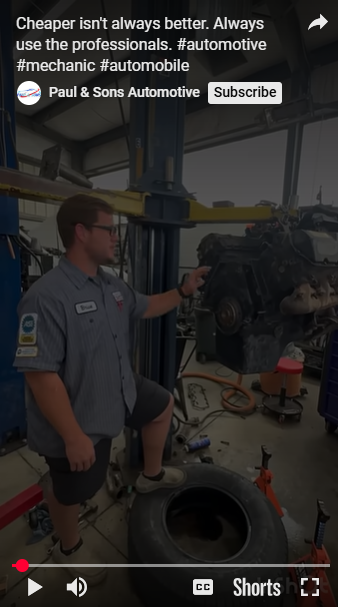
When it comes to car repairs, we all want to save money. So when someone offers to fix your vehicle for significantly less than a professional shop, it might seem like a no-brainer. But here’s the truth: going with the “cheaper guy” who works out of his garage and says he knows what he’s doing could end up being the most expensive decision you make. Here’s why it’s worth paying a little more for a licensed, insured professional shop: Certified Technicians Know What They're Doing Licensed shops are required to employ technicians who have been properly trained and certified. These techs understand modern automotive systems, use diagnostic tools correctly, and follow manufacturer guidelines — not guesswork. Insurance Protects YOU If something goes wrong — like a fire, accidental damage, or a test drive that ends in a crash — a licensed, insured shop has coverage. That means you won’t be left footing t ... read more
Posted on 7/29/2025
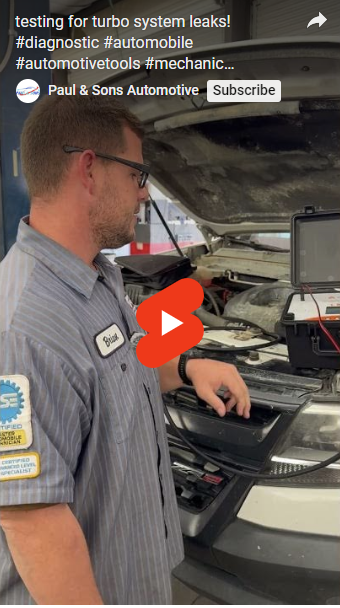
Smoke testing is a powerful diagnostic technique used in automotive repair, particularly effective in identifying leaks within turbocharged systems. In vehicles equipped with turbochargers, even the smallest leak in the intake, vacuum, or exhaust pathways can result in a significant drop in performance, turbo lag, overboost or underboost conditions, and poor fuel economy. This method involves introducing a dense, non-toxic smoke into the intake or vacuum system to visually trace the path of air and identify any unwanted escapes. When applied to turbocharged engines, smoke testing can reveal critical issues such as boost leaks at couplers, charge pipes, intercoolers, vacuum line cracks, or faulty gaskets. These leaks are often difficult to detect during normal operation because they may not cause immediate check engine lights or easily noticeable symptoms. By simulating engine operation without actual airflow or combustion, smoke testing allows technicians to pinpoint the location of a ... read more
Posted on 7/18/2025
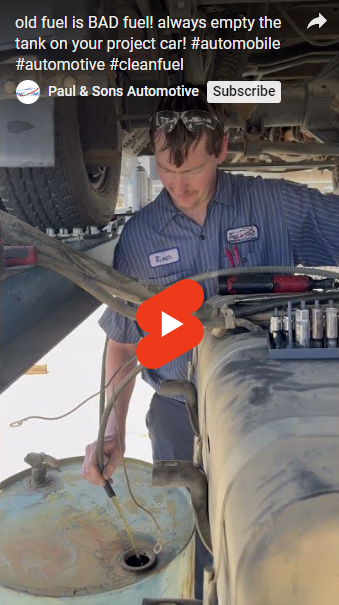
Fuel Degradation Gasoline begins to break down and lose its volatility after about 3–6 months (even faster with ethanol blends). Old fuel becomes gummy and sticky, which can: Clog fuel lines, filters, and injectors Make starting the engine difficult or impossible Reduce combustion efficiency 2. Water Contamination Over time, condensation can form inside a sitting fuel tank, especially if it's not full. This introduces water into the fuel system, which: Can cause rust inside the tank and lines Leads to poor engine performance May trigger corrosion in fuel system components 3. Sludge and Varnish Buildup Old fuel leaves behind residues that gum up critical components: Fuel pumps and injectors can seize or clog Carburetors (on older vehicles) may become unusable The fuel f ... read more
Posted on 7/7/2025
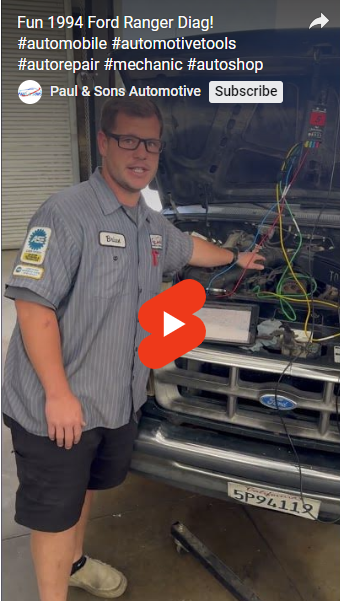
A four-channel oscilloscope is a powerful diagnostic tool used in the automotive industry to monitor and analyze electrical signals in real time. The "four-channel" part means it can measure and display four different signals simultaneously, which is especially useful in modern vehicles with complex electrical and electronic systems. Common Uses in Automotive Diagnostics: 1. Engine Performance AnalysisCamshaft and crankshaft sensors: Comparing timing signals to check for proper synchronization. Ignition systems: Monitoring primary and secondary ignition waveforms across multiple cylinders at once. 2. Fuel System DiagnosisInjector signals: Checking voltage and current draw of multiple fuel injectors for firing consistency. Fuel pump operation: Analyzing powe ... read more
Posted on 6/4/2025

The Engine Control Module (ECM) is essentially the brain of your truck’s engine. It manages and monitors various systems, ensuring optimal performance, fuel efficiency, and emissions control. From controlling the air-fuel mixture and ignition timing to overseeing idle speed and emission systems, the ECM plays a critical role in keeping your truck running smoothly. But like any electronic component, the ECM can develop issues over time. Common symptoms of a failing ECM include: Check Engine Light staying onEngine stalling or misfiringPoor fuel economyUnresponsive throttleHard starting or no start at allTransmission shifting problems (in ECM-integrated systems) Diagnosing a faulty ECM isn't always straightforward, as these symptoms can mimic other problems. A proper diagnosis often starts with a full scan of the onboard diagnostics (OBD) s ... read more
Posted on 5/23/2025

Let’s talk about a hidden hero in your Ford F-150’s braking system—the brake vacuum booster. It’s not flashy. It doesn’t make noise (unless something’s wrong). And most folks don’t even know it’s there. But when you’re cruising in a 5,000-pound truck, and suddenly need to stop on a dime, that booster might just be the reason you don’t end up in someone’s back seat. What Is a Brake Vacuum Booster, Anyway? Think of it as power steering for your foot. The brake vacuum booster multiplies the force you apply to the brake pedal using engine vacuum. Without it, your leg would need to work overtime just to slow down your truck. Here’s how it works: when you press the brake pedal, a valve inside the booster opens, allowing atmospheric pressure to assist the braking effort. This added force pushes on the master cylinder more effectively, so even a gentle tap gives you strong stopping power ... read more
Posted on 5/12/2025

Common Wiring Issues to Watch For While fuses protect your vehicle, wiring issues can still cause trouble. Look out for: Flickering lights Non-functioning power windows or mirrors Burning smells or visible wire damage Repeated fuse blowouts (a sign of a deeper issue) If you notice these signs, it might be time to consult a professional or dig deeper into the wiring harnesses for potential shorts or corrosion.
Posted on 5/5/2025

We don’t just read codes — we interpret real-time data, identify hidden issues, and provide accurate, dealer-level insights to save you time and money. Whether it’s a check engine light or a strange electrical glitch, we’ll pinpoint the problem fast. Service includes: Full System Scan Trouble code analysis Freeze frame & live data review Clear codes after repair Post-repair verification & test drive
Posted on 4/10/2025
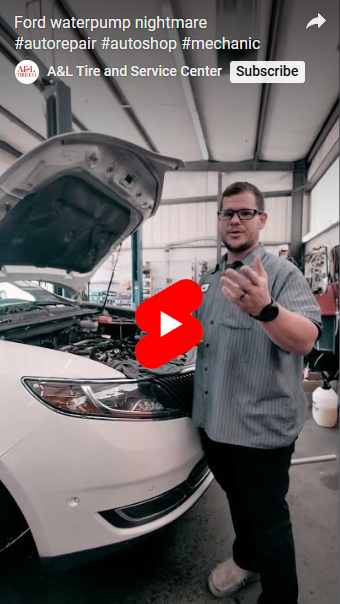
A car water pump is a crucial component in the engine's cooling system. Its primary function is to circulate coolant (a mixture of water and antifreeze) through the engine and radiator to maintain optimal operating temperatures and prevent the engine from overheating. Here's how it works: Coolant Circulation: The water pump uses a pulley and a belt to drive a rotor (impeller) inside the pump. As the engine runs, the pump pulls coolant from the radiator and pushes it through the engine block and cylinder head. This helps absorb the heat generated by the engine during operation. Heat Transfer: Once the coolant absorbs heat, it flows back to the radiator, where the heat is dissipated. The coolant is cooled by airflow through the radiator or the use of a fan. Pressure Regulation: The pump also helps maintain the pressure within the cooling system, which ensures the coolant flows efficiently and prevents air pockets that could lead to overheating. In summary, the water pump is e ... read more
Posted on 4/1/2025
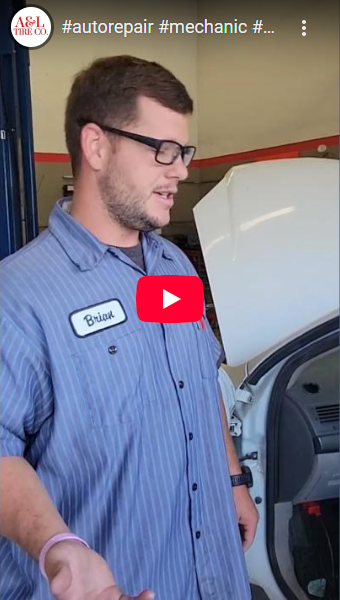
The check engine light (CEL) is a crucial indicator that your vehicle's onboard diagnostics system has detected a problem with one of its components. To properly diagnose and address the issue, mechanics and technicians use a variety of tools and follow specific processes. Here’s an overview of the tools and steps involved in diagnosing a check engine light: OBD-II Scanner (On-Board Diagnostics II): The first and most essential tool for diagnosing the check engine light is an OBD-II scanner. This device connects to the vehicle's OBD-II port (usually located under the dashboard near the driver's seat) and retrieves diagnostic trouble codes (DTCs) stored in the vehicle's computer system. These codes are alphanumeric, providing clues to the malfunctioning system or component. The scanner can also display real-time data such as engine performance, fuel efficiency, and sensor readings. Code Interpretation: Once the OBD-II scanner pulls the DTCs, the mechanic interpre ... read more